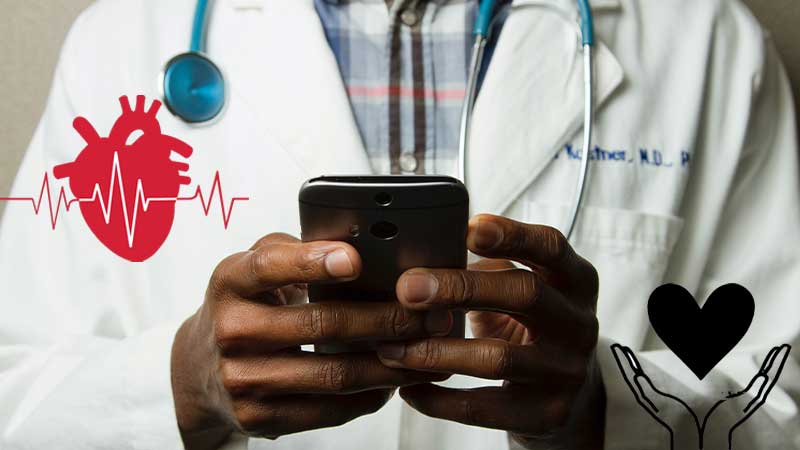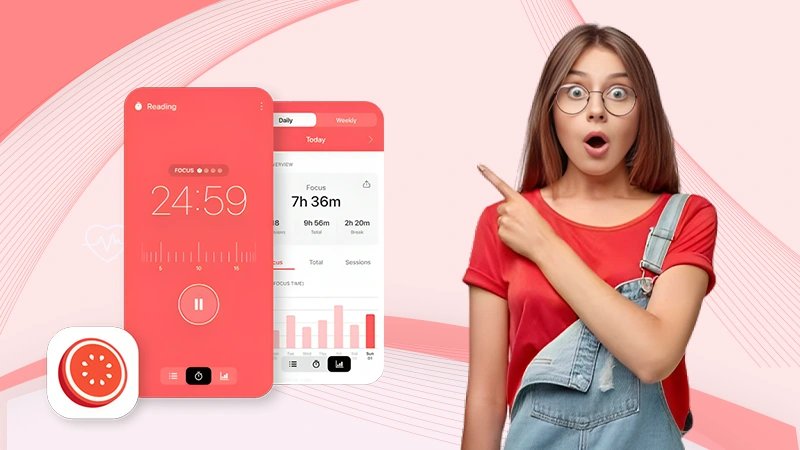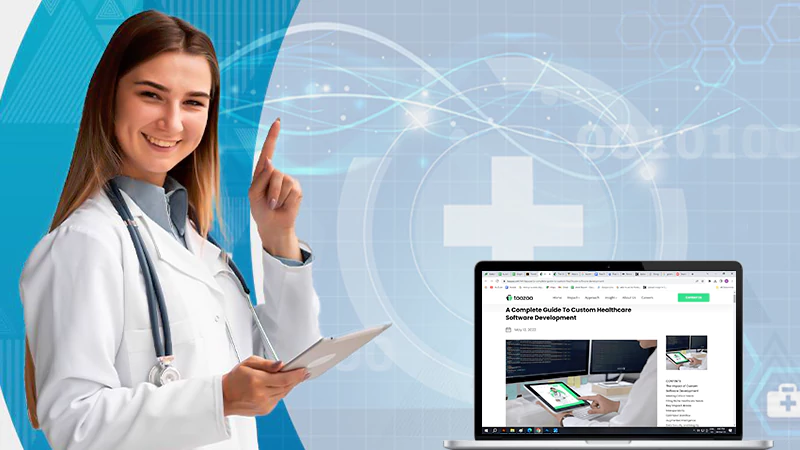The healthcare industry is under constant pressure to provide better care at lower costs. Informatics is seen as a way to help address this challenge. By automating tasks and improving communication, informatics has the potential to help clinicians work more efficiently and effectively.
In addition, the medical internet of things can help support population health management initiatives by providing data that can be used to identify trends and improve outcomes. For example, electronic health records (EHRs) can capture data on patient diagnoses, medications, and laboratory results. This information can be used to improve care coordination, identify potential gaps in care, and track clinical quality metrics. Let’s look at the benefits of software for medicine in more detail.
Also Read: How to Find the Best Clinic Software

Computer Applications in Healthcare
There are many benefits of using software in the healthcare industry. The software can help manage patient data, streamline administrative tasks, and improve communication between patients and providers. It can also help reduce costs and improve the quality of care.
- It can help manage patient data by tracking medical history, medications, and lab results. This information can be used to make treatment decisions, plan for future care needs, and track the progress of patients.
- IT can streamline administrative tasks such as scheduling appointments, managing billing, and tracking insurance claims. This can free up time for providers to focus on patient care.
- Programs can improve communication between patients and providers by allowing them to share information electronically. This can make it easier to coordinate care and make sure that patients receive the care they need.
- The software can help reduce costs by automating tasks and improving the efficiency of the medical system. This can lead to savings for both patients and providers. Be sure to look at the proxy site list.
- It can improve the quality of care by providing access to information that can help make better treatment decisions. This can ultimately lead to better health outcomes for patients.
The Use of Healthcare Software Applications in Practise
Software applications have been used in medicine for some time now, but their use is becoming increasingly widespread. There are many different types of medicine software applications available, each with its own unique features and benefits.
Some of the most popular medicine software applications include electronic health records (EHRs), practice management systems (PMSs), and hospital information systems (HISs). EHRs help to keep track of a patient’s medical history, while PMSs help to manage a practice’s appointments, billing, and other administrative tasks. HISs are used by hospitals to track patients’ medical records and monitor the performance of their staff.
While each type of medicine application has its own specific purpose, they all share one common goal: to improve the quality of patient care. By automating tasks and providing easier access to information, medicine software applications can help healthcare professionals work more efficiently and effectively. In turn, this can lead to better health outcomes for patients.
Healthcare program applications are not without their challenges, however. One of the biggest challenges is ensuring that the data stored in these systems is accurate and up-to-date. Another challenge is making sure that the systems are secure so that only authorized users can access sensitive patient information.
Despite these challenges, the use of medical applications is growing rapidly. In the United States alone, the number of hospitals using EHRs grew from just over 20% in 2008 to nearly 80% in 2016. The use of PMSs and HISs is also growing, although at a slower rate.
Many different factors are driving the growth of medicine challenges associated with them. However, by working together, healthcare providers and patients can overcome these challenges and make sure that these systems are used to their full potential.
Another driving the growth of medical applications is the Affordable Care Act (ACA). The ACA requires that all insurance plans cover a set of essential health benefits, which includes preventive care and treatment for chronic conditions. To comply with this requirement, many healthcare providers are turning to healthcare applications to help them deliver these services.
















